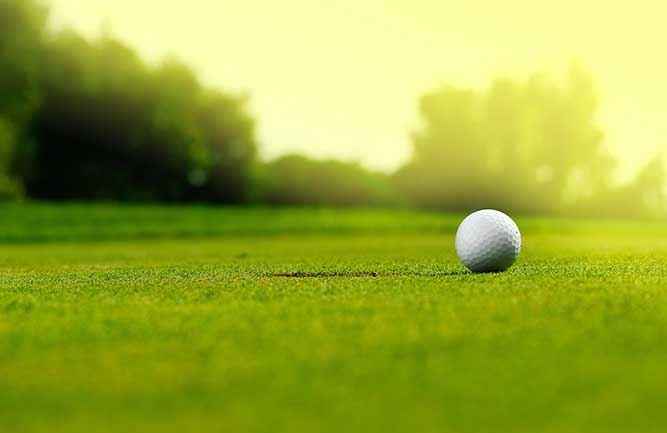Silvery thread moss: Know your enemy
Zane Raudenbush, Ph.D., is a turfgrass scientist who just completed his Ph.D. at Kansas State University, where he conducted research on silvery thread moss biology and control on putting greens. Raudenbush can be reached at zrod12@gmail.com for more information.
Q: Describe the important characteristics of silvery thread moss.
Silvery thread moss (Bryum argenteum) is found on every continent, is a C-3 plant like cool-season turfgrasses, does not have xylem or phloem to transport water and nutrients within the plant and can reproduce sexually or asexually. Sexual reproduction results in spores that are thought to be important in initial establishment on a green. Once established on a green, asexual reproduction is the means by which the patches of moss increase in number and size.
Once established, dispersal of moss on a putting green is primarily due to fragmentation and production of bulbils. Fragmentation occurs when a piece of an existing moss plant is broken off and is transported to another part of the green, where it becomes established. Fragments can be moved around a green by aerification, verticutting, mowing and perhaps even by golf shoes.
Bulbils are small bulb-like structures that are capable of forming a new plant. Bulbils arise from existing shoots, and each shoot can produce up to 10 bulbils. A patch of moss 1 inch to 2 inches in diameter can contain thousands of shoots. It is easy to see how moss spreads on a green by bulbil production alone. Bulbils can be dispersed by foot traffic, maintenance equipment and water from rainfall or irrigation.
Q: How does irrigation affect moss on a green?
Silvery thread moss is poikilohydric, which means it is able to survive prolonged periods without water. Withholding water from a green long enough to damage the moss will likely result in severely stressed or dead turf. Because moss has no roots or vascular system, it absorbs water and retains it, somewhat like a sponge. Anytime the surface of moss is wet it will flourish. Therefore, light, frequent irrigation — which is common on a putting green — will favor moss growth. Increasing the number of days between irrigations will help slow the growth and spread of silvery thread moss.
Moss fragments and bulbils are sensitive to drying out. Increasing the number of days between irrigation reduces the number of moss fragments and bulbils that successfully establish on a green.
Q: What other approaches are there to controlling moss on a green?
Research has shown soluble nitrogen stimulates moss growth. Unfortunately, moving away from soluble nitrogen sources may not be practical for many superintendents. Under these circumstances, a herbicide application is often necessary to keep the moss population in check.
Quicksilver (carfentrazone) is labeled for moss control on putting greens, and when used properly it is effective. Because moss is a C-3 plant, it grows well in early spring when temperatures are cool and rainfall is frequent. This means the first application of Quicksilver should be applied in early or mid-spring when the moss is green and actively growing. Additional applications every two to three weeks usually are needed in spring. During summer, silvery thread moss growth slows and the interval between Quicksilver applications can be increased. As favorable growing conditions return in fall, Quicksilver applications may be needed.
There is a limit on the total amount of Quicksilver that can be applied to a green in a year. Fortunately, Quicksilver can be applied at 2 fl. oz./acre and still achieve adequate control.
Q: Is there anything else you would like to add about silvery thread moss?
Because aerification and verticutting spreads fragments of moss around a green, and because superintendents often encourage recovery from these practices by irrigation and applying nitrogen — at least after aerification — consider applying Quicksilver three to four days after aerification or verticutting to control any moss fragments or bulbils that get dispersed around the green.











